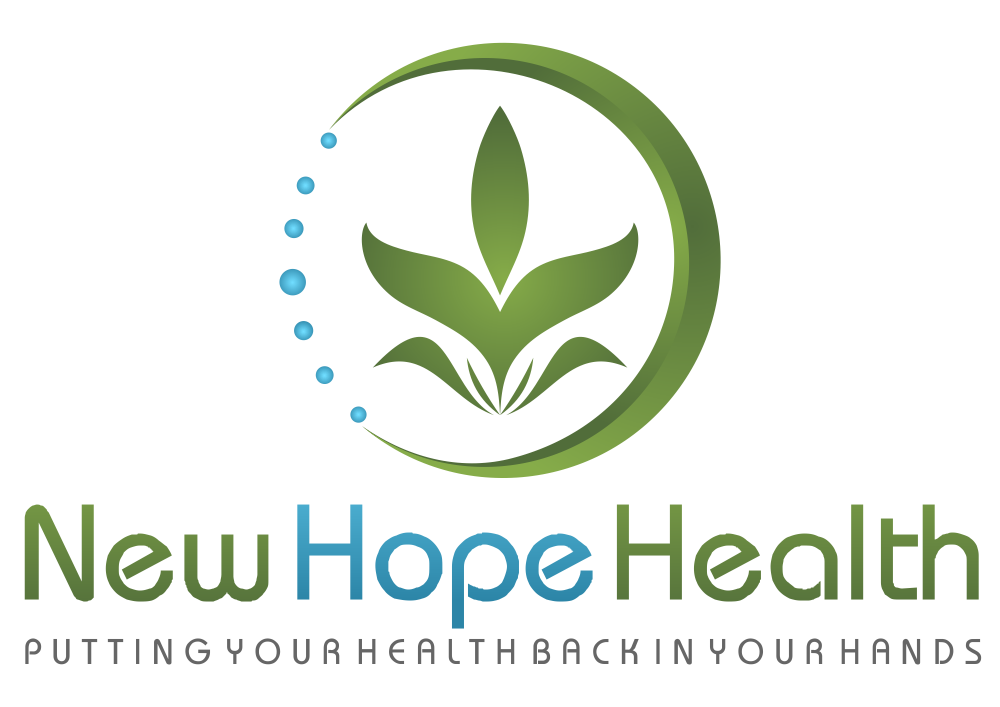
How do the USDA (United States Department of Agriculture) Nutritional Guidelines Compare to the Health Canada Guidelines?
1) USA
In the United States, the My Plate guidelines lay out what the current nutritional needs are for Americans as determined by the USDA (United States Department of Agriculture).
This includes 5 food groups and amounts (based on a 2000 calorie diet) that include2:
- Fruits- 2 cups
- Vegetables- 2.5 cups
- Grains- 6 oz
- Protein Foods- 5.5 oz
- Dairy- 3 cups
Although the USDA “encourages Americans to choose foods in their most nutrient-dense forms as often as possible and to keep added sugars and saturated fat intakes each below 10% of total intake2,” it is safe to safe that few Americans have enough understanding of nutrition to even know what that means … let alone how to do it!
This often leaves many people viewing social media memes and food marketing as their main source of information when it comes to health. This is a scary way to educate yourself, as much of what you see is not rooted in evidence but rather from a sales and marketing stand point.
2) CANADA
The recommendations from Health Canada are a bit less specific than those given by the USDA.
Health Canada tells citizens to:
- “Eat plenty of vegetables and fruits, whole grains and protein foods. Choose protein foods that come from plants more often.
- Choose foods with healthy fats instead of saturated fats.
- Limit highly processed foods. If you choose these foods, eat them less often and in small amounts.
- Prepare meals and snacks using ingredients that have little to no added sodium, sugars or saturated fat.
- Choose healthier menu options when eating out.
- Make water the drink of choice and replace sugary drinks with water.
- Use food labels.
- Be aware that food marketing can influence your choices.”3
Although Health Canada’s guidelines are better in terms of leaning more toward plant-based whole foods, there are lots of vague terms in their language used, such as “plenty” and “choose better” and “healthier menu options”. What some consider “better” or “healthier” others would not touch.
Will the average person have the nutritional understanding to discern these things? Perhaps not.
Health Canada also addresses some food/eating habits and recommends for people to do things such as:
- “Be mindful of your eating habits. Take time to eat. Notice when you are hungry and full.
- Cook more often. Plan what you eat. Involve others in the planning and preparing of meals.
- Enjoy your food. Culture and food traditions can be part of healthy eating.
- Eat meals with others.”3
Although again, these standards do leave some room for interpretation, it is good to at least address some of the basic habits around eating that impact one’s overall health.
What part of the regulatory guidelines should change to improve the health of America?
- The goal of these guidelines should be not only to avoid disease but also to promote optimal wellness, which includes symptoms that are not officially considered disease but can reduce the quality of a person’s life (such as headaches, PMS, low energy, poor sleep, etc.).
- With the goal being promoting health (rather than just preventing disease), the guidelines should include increasing fiber4, improving the microbiome, drinking pure water5, and eating the right amount for specific individual needs.
- Dairy should not be it’s own category. There are lots of ways to get calcium and vitamin D that don’t involve eating dairy with all of its side effects (see previous blog). Not to mention that for African Americans and some other populations, dairy is not well tolerated.
- More information needs to be given about each group. As it stands currently, a person could eat 3 cups of ice cream to get their dairy servings in, but of course under no standard would this be a health-promoting practice.
- The majority of the diet should be from whole foods6 (not processed).
- The majority of the diet should be plant-based7 (not animal).
- In terms of recommendations that are more about eating habits, the following specifics should be addressed:
- Take time to eat; at least 20 minutes for each meal. Take a few deep breathes and relax for a moment before starting to eat so that your body is more likely to go into a parasympathetic state, especially if you have been stressed before mealtime. Chew your food well, until it is liquid.
- Drink lots of pure water as soon as you get out of bed and between meals but very little with meals so that you don’t dilute stomach acids. (Daily intake should be at least half your weight in ounces.)
- Never leave your house without a snack to avoid eating junk food if you’re out longer than anticipated.
- Avoid mindless eating (don’t eat while watching TV, driving, etc.).
- As often as possible, keep your feeding window within 8-12 hours and avoid late night eating.
For such a developed country, we have a ways to go in terms of health standards. We have been so inundated with disease that we’ve become obsessed with fending it off rather than with becoming radiantly healthy. (There’s a big difference!)
As a country, it’s time to stop playing defense only and start taking a proactive approach to health. If you need help, please call the clinic. Most people don’t work on their own spine, car or teeth (that’s what the chiropractor, auto mechanic, and dentist are for!), so maybe it’s time you let someone help you with your nutrition and overall health! Feel free to call today to learn more 269-204-6525
Resource List:
1. Buissinne S. Pixabay Image. https://pixabay.com/photos/healthy-salads-foods-diet-fresh-1607692/. Accessed October 10, 2020.
2. Back to Basics: All About MyPlate Food Groups. US Department of Agriculture. https://www.usda.gov/media/blog/2017/09/26/back-basics-all-about-myplate-food-groups. Accessed October 10, 2020.
3. Healthy Food Choice. Health Canada. https://food-guide.canada.ca/en/healthy-food-choices/. Accessed October 10, 2020.
4. Carlson JL, Erickson JM, Lloyd BB, Slavin JL. Health Effects and Sources of Prebiotic Dietary Fiber. Curr Dev Nutr. 2018. doi:10.1093/cdn/nzy005
5. Martino D. The Effects of Chlorinated Drinking Water on the Assembly of the Intestinal Microbiome. Challenges. 2019. doi:10.3390/challe10010010
6. Karlsen MC, Rogers G, Miki A, et al. Theoretical food and nutrient composition of whole-food plant-based and vegan diets compared to current dietary recommendations. Nutrients. 2019. doi:10.3390/nu11030625
7. Hever J. Plant-Based Diets: A Physician’s Guide. Perm J. 2016. doi:10.7812/TPP/15-082
Nothing said or implied in this post is intended to treat, cure, diagnose or prevent any disease. It does not take the place of a qualified health care practitioner and is intended for educational purposes only.

Dr. LeAnn Fritz, PhD
Dr. LeAnn is a practitioner, coach, speaker, consultant, and the founder of New Hope Health. She is also the author of The Quantum Weight Loss Blueprint, and Get Healthy Now. She is laser-focused on practical, evidence-based practices to empower her clients to get real results that last. She sets the bar when it comes to radiant health that will change every area of your life forevermore.
Recent Posts
Parasites- Living Inside Your Body, Without Paying Rent!
Parasites…I know…the thought of them living inside your body feels like something from a horror
Holistic Detox: A Naturopathic Doctor’s Guide to Cleansing Your Body for Optimal Health
Detox is a powerful way to reset your body and enhance your health. As a
Watermelon Slurpy…Upgraded!
It’s summer and it’s HOT! You’re looking for a refreshing cold drink that will give
Curious about achieving your highest level of health?
Schedule your consultation with Dr. LeAnn today, and get your health back in your hands.


